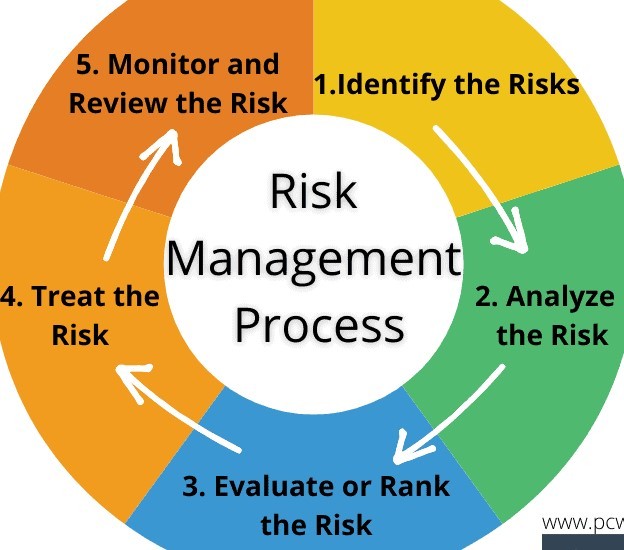The Essential Importance of Risk Management in Protecting Business Assets
The Essential Importance of Risk Management in Protecting Business Assets
Blog Article
The Importance of Understanding the Relevance of Risk Management in Various Industries

The Core Principle of Risk Management and Its Function
Risk Management, the foundation of several markets, rests on the identification, analysis, and reduction of unpredictabilities in a business setting. It is an essential technique that allows companies to safeguard their assets, online reputation, and overall survival. By properly recognizing potential dangers, organizations can develop approaches to either prevent these threats from happening or lessen their influence. The assessment procedure entails assessing the possibility and prospective extent of these threats. The mitigation process entails designing techniques to minimize their prospective effect once threats have actually been determined and assessed. This process is recurring and intermittent, ensuring that businesses are planned for the ever-changing nature of Risk in various markets. The main function, thus, is to promote resilience among unpredictabilities.
Benefits of Carrying Out Risk Management in Company Procedures

Unveiling the Function of Risk Management in Different Industries
While every market challenges its unique collection of threats, the application of Risk Management my site methods continues to be an usual denominator in their pursuit of sustainability and development. In the medical care field, Risk Management involves ensuring client safety and data protection, while in financing, it involves mitigating financial investment dangers and making sure governing compliance. Ultimately, the function of Risk Management throughout markets is to determine, analyze, and mitigate threats.
Real-life Study Showing Successful Risk Management
To comprehend the importance of Risk Management in these several fields, one can look to numerous real-life instances that highlight the effective application of these procedures. Toyota, publish the 2011 quake in Japan, changed its supply chain Management to minimize disruption risks. These cases show how markets, finding out from situations, efficiently used Risk Management techniques to lower future risks.
Future Fads and Developments in Risk Management Techniques
As the globe proceeds to progress, so also do the patterns and advancements in Risk Management techniques. Rapid improvements in modern technology and information analytics are improving the Risk landscape. Large information and AI are now important in anticipating and reducing dangers. navigate to these guys Organizations are leveraging these tools to build predictive models and make data-driven choices. Cybersecurity, when a peripheral issue, has catapulted to the leading edge of Risk Management, with techniques concentrating on prevention, reaction, and discovery. The integration of ESG (Environmental, Social, Administration) variables into Risk Management is another expanding pattern, showing the raising acknowledgment of the duty that social and environmental threats play in service sustainability. Therefore, the future of Risk Management exists in the blend of innovative technology, cutting-edge strategies, and an alternative strategy.
Conclusion
In conclusion, comprehending the value of Risk Management throughout a range of sectors is vital for their durability and success. Customized strategies can assist mitigate potential dangers, guard assets, and foster stakeholder depend on. Additionally, proactive decision-making aids in regulative conformity and enhances resource usage. Inevitably, successful Risk Management adds to a lot more resilient and lasting companies, highlighting the relevance of this practice in today's very affordable and dynamic service atmosphere.
While every sector challenges its one-of-a-kind collection of dangers, the execution of Risk Management techniques continues to be an usual in their pursuit of sustainability and growth. In the health care industry, Risk Management involves ensuring client security and data defense, while in money, it includes mitigating investment dangers and making certain regulatory conformity. Inevitably, the duty of Risk Management across industries is to determine, evaluate, and alleviate dangers. These situations demonstrate exactly how industries, finding out from situations, efficiently used Risk Management approaches to reduce future dangers.

Report this page